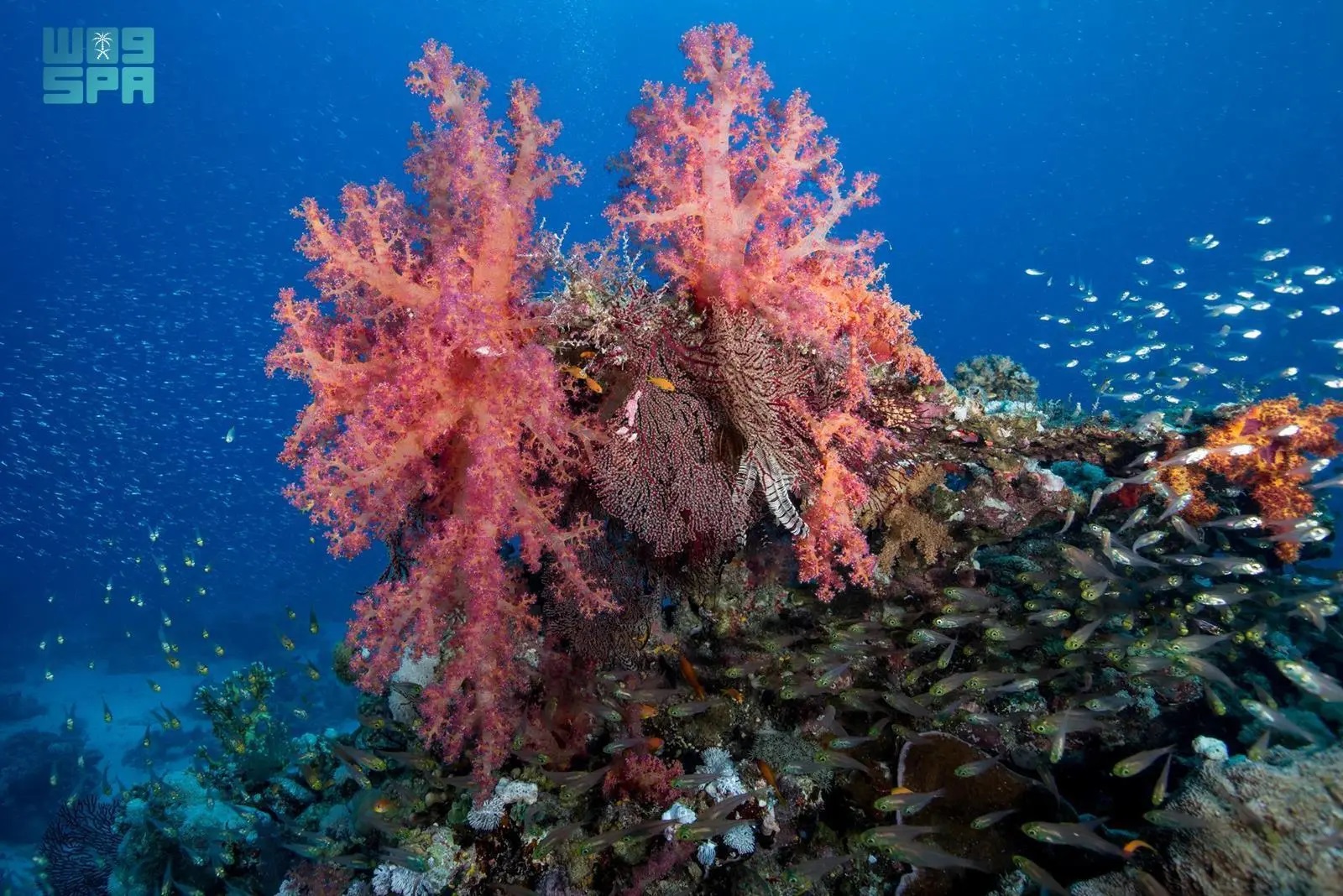
Red Sea: Home to the World's Fourth Largest Coral Reef System
As autumn brings relief from peak summer heat, the Red Sea’s coral reefs enter a period of environmental recovery in a region internationally recognized for its rich reef diversity, hosting the world’s fourth-largest coral reef system and approximately 6.2% of Earth’s total coral reefs.
The Red Sea and Gulf of Aden encompass an extensive coral area of approximately 13,605 square kilometers, home to more than 310 coral species, including 270 species of hard coral. Notably, scientific studies indicate these reefs demonstrate remarkable resilience to high temperatures, positioning the Red Sea as a potential refuge for global coral reefs amid accelerating climate change.
Heat stress causes corals to expel their symbiotic algae, a process known as bleaching. When water temperatures moderate, corals have a critical window to recover and restore their vitality, a recovery mechanism confirmed by reports from the National Oceanic and Atmospheric Administration. For the Red Sea, autumn is more than a seasonal change; it presents a vital opportunity to benefit from moderate water temperatures and restore reef life.
Saudi Arabia has placed significant focus on the sustainability of the Red Sea. In December 2024, His Royal Highness Prince Mohammed bin Salman bin Abdulaziz Al Saud, Crown Prince and Prime Minister, launched the National Red Sea Sustainability Strategy, which aims to protect the marine ecosystem and promote a sustainable blue economy. The Saudi Red Sea Authority, in partnership with environmental and relevant bodies, is actively developing and coordinating mechanisms with the public, private, and non-profit sectors to ensure the survival of this unique marine heritage for future generations.








